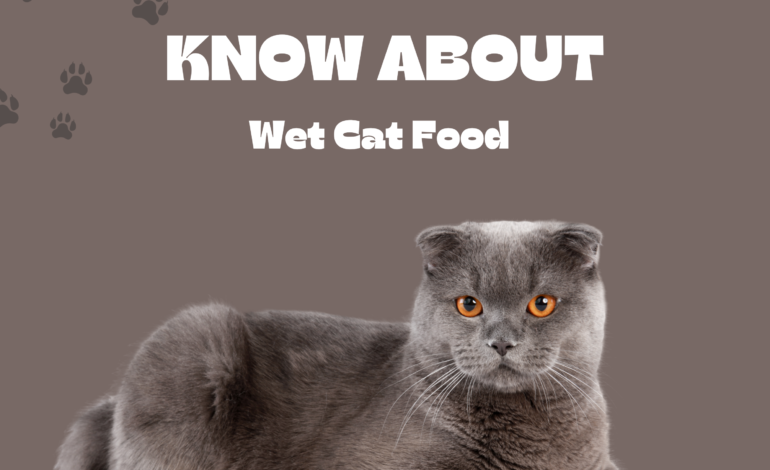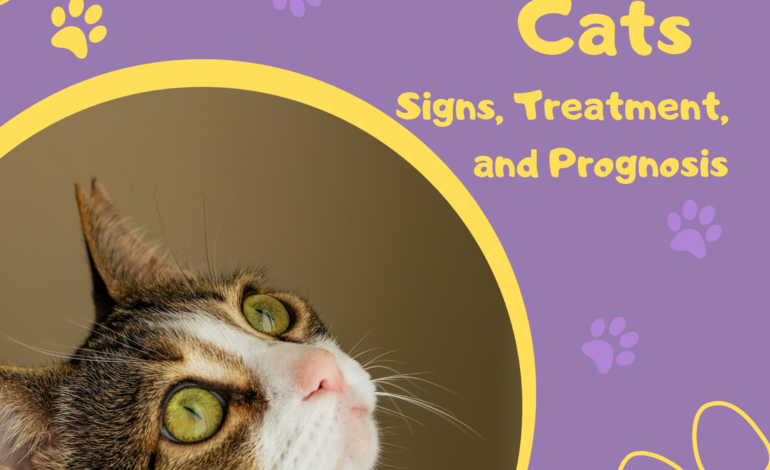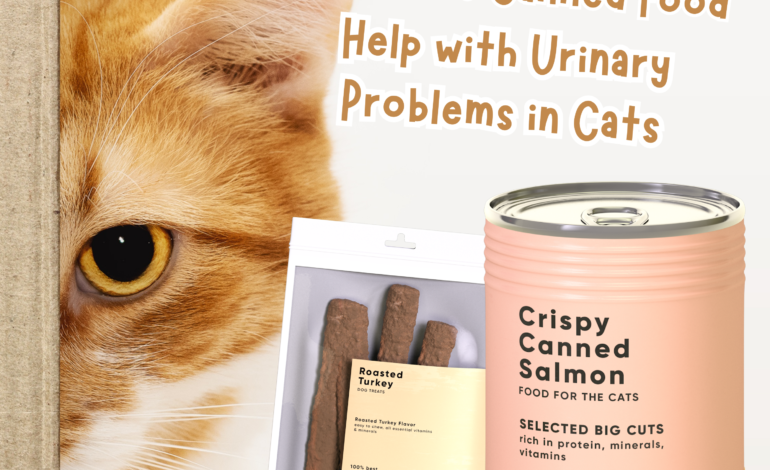Five Things to Know About Wet Cat Food

When it comes to feeding your feline friend, every bite counts. Cats are obligate carnivores, which means their diet plays a crucial role in their overall health. In Montreal, wet cat food is becoming increasingly popular, now accounting for about 28% of all cat food sales in Canada.(1)
So, why are Montreal cat parents turning to wet food? For starters, it helps keep cats hydrated, supporting kidney and urinary tract health — especially important since many cats don’t drink enough water on their own. It can also aid in weight management, as wet food is generally lower in calories than dry food, helping cats stay trim and healthy. And let’s not forget flavor and texture variety, which makes mealtime more enjoyable — even for the pickiest eaters.
In this vet-informed guide, we’ll explore five key things every Montreal cat parent should know about wet cat food, giving you practical insights to ensure your feline friend stays happy, healthy, and thriving.
1. Wet Cat Food Supports Hydration and Urinary Health

Cats are carnivores and natural meat eaters. They get needed hydration from the animals they kill, as wild prey is 70-80% water. Domestic cats, however, are less inclined to drink from a bowl which makes incorporating wet or canned food to the diet necessary.
Hydration Benefits:
- Increased Water Intake: Cats eat wet food which is 70-80% moisture compared to dry food which is 6-10% moisture. Accessible water and moisture content of food and dry versus wet food used in a proportion should help to a greater extent water intake help improve hydration water levels in your cat’s body.
- Supports Kidney and Urinary Tract Health: Defends the kidneys and urinary tract: Sufficient hydration helps dilute urine thereby decreasing the concentration of urinary tract infections. Bladder stones and FLUTD(feline lower urinary tract disease) are less likely to occur. Waste elimination from the body also aids in kidney function.
Considerations for Senior Cats:
Senior cats are particularly vulnerable to dehydration and urinary health issues, to which the wet food also helps.
2. Nutrient-Dense and Protein-Rich

Cats are obligate carnivores, meaning they need animal-based protein to support things like heart health, vision, and muscle maintenance. Wet cat food gives your cat protein rich nutrition along with some moisture which adds much needed hydration to your kitty’s diet in order to support healthy organ function, lean muscles and a better skin coat.
Other interesting is the fact that studies show that cats who are fed a prey-mimicking wet diet have better nitrogen metabolism and enhanced amino acid absorption compared with those who consume diets that contain too much plant-based fillers, perhaps showing us once again just how important it is to feed a biologically appropriate diet.
For cat parents, selecting wet food made with local proteins or few added products can minimize preservative exposure without sacrificing the nutrient density in your pet’s diet. In addition to providing great taste, wet food can offer a complete and balanced meal for your adult cat thanks to high quality ingredients, such as real chicken or fish, providing a pure protein option for her daily diet.
3. Ideal for Picky Eaters and Cats with Health Issues

Wet cat food isn’t just a treat; it’s a strategic choice for cats with specific health concerns or selective eating habits. Its high moisture content and palatable aroma make it particularly appealing to cats that are recovering from illness, have dental issues, or are simply picky eaters.
Key Benefits:
- Enhanced Palatability: Wet food’s strong aroma and flavor can entice cats with reduced appetites or those recovering from illness, encouraging them to eat more consistently.
- Easier to Chew and Digest: The soft texture of wet food makes it easier for cats with dental problems, such as missing teeth or gum disease, to chew and digest their meals comfortably.
- Supports Hydration: The high moisture content in wet food helps maintain hydration, which is crucial for cats with kidney disease, diabetes, or urinary tract issues.
4. Feeding Guidelines and Portion Control

Feeding wet cat food correctly ensures your cat gets the nutrients they need without overeating. Portion size depends on age, weight, and activity level:
- Kittens: Offer 3–4 small meals per day, totaling roughly 5–6 ounces of wet food. Frequent meals support rapid growth and steady energy.
- Adult Cats: Feed about 3–5 ounces daily, adjusting for your cat’s activity level, metabolism, and body condition.
- Senior Cats: Smaller, more frequent meals are ideal, especially for cats with dental issues or digestive sensitivities. Consult your veterinarian for personalized guidance.
Tips for Portion Control:
- Wet food digests quickly, so it’s easy to unintentionally overfeed. Track daily intake rather than free-feeding.
- Consider splitting meals into multiple small servings throughout the day to maintain satiety and prevent begging.
- Pair feeding with enrichment, such as puzzle feeders, to slow consumption and stimulate your cat mentally.
5. Storage and Safety Practices

Proper storage of wet cat food is essential to maintain its freshness and prevent bacterial growth. Here are some guidelines to ensure your cat’s meals remain safe:
- Refrigerate Immediately: After opening, transfer wet food to an airtight container and refrigerate. Avoid freezing, as it can alter texture and nutrient quality.
- Use Quickly: Aim to finish opened portions within 24–48 hours to maintain freshness and prevent bacterial growth.
- Limit Room-Temperature Exposure: Do not leave wet food out for more than 2–4 hours, especially in warm environments, to reduce the risk of foodborne illness.
- Consider Portion-Control Tools: Automatic feeders or portion-controlled dishes can help maintain freshness and proper serving sizes, ensuring your cat eats safely and doesn’t overconsume.
Bonus Tip
Selecting the best wet cat food can make a real difference in your feline’s health:
- Consider Grain Sensitivities: If your cat has allergies or digestive sensitivities, look for grain-free options to reduce potential irritation.
- Prioritize Quality Ingredients: Focus on foods with high-quality animal protein as the first ingredient and minimal fillers or artificial additives. This ensures your cat gets nutrient-rich meals that mimic their natural diet.
- Get Local Expert Advice: Cat parents can benefit from consulting veterinarians familiar with local brands and available products. Personalized guidance based on your cat’s age, weight, and health condition ensures optimal nutrition.
Conclusion
Every cat deserves meals that are as nourishing as they are delicious. Wet cat food isn’t just a treat—it’s a vital part of your feline’s daily diet, promoting hydration, protein intake, and overall well-being. By keeping these five key points in mind, Montreal cat parents can confidently select meals that keep their cats happy, healthy, and thriving.
Ready to give your cat the best? 🐾 Explore the top grain-free wet cat food options in Montreal and discover expert tips on feeding your feline the healthy way at Meow Care Hub.
FAQs: Five Things to Know About Wet Cat Food
Q1: What are the benefits of wet cat food?
A: Wet cat food provides high moisture for hydration, supports kidney and urinary health, is easier to digest, especially for seniors or cats with dental issues, and delivers nutrient-dense, protein-rich meals. It can also help with weight management and appeal to picky eaters.
Q2: How much wet cat food should I feed my cat?
A: Feeding depends on age, weight, and health. Kittens typically need 3–4 small meals per day, adults 3–5 ounces per day, and seniors may need frequent small meals. Always consult your veterinarian for guidance specific to your cat.
Q3: Is wet cat food suitable for picky eaters?
A: Yes! Cats are often more attracted to wet food because of its aroma, flavor, and texture. Soft pâtés or lickable options are especially useful for finicky cats or those recovering from illness.
Q4: How should I store wet cat food?
A: Refrigerate wet cat food immediately after opening in an airtight container. Use within 24–48 hours to ensure freshness and prevent bacterial growth. Avoid leaving food out at room temperature for more than 2–4 hours.
Q5: Can wet cat food help senior cats or cats with dental problems?
A: Absolutely. Wet food’s soft, moist texture is easier to chew and digest, making it ideal for older cats or those with dental or digestive concerns.
Resources:





